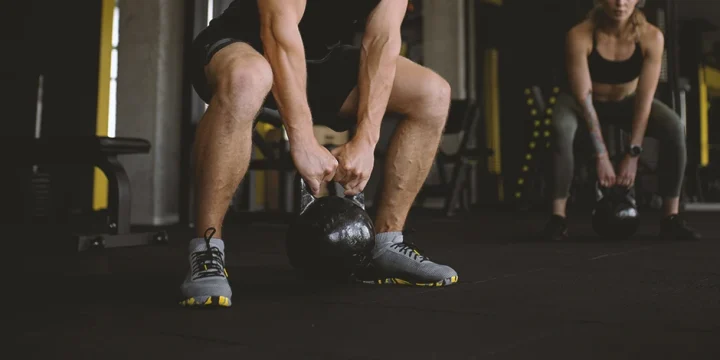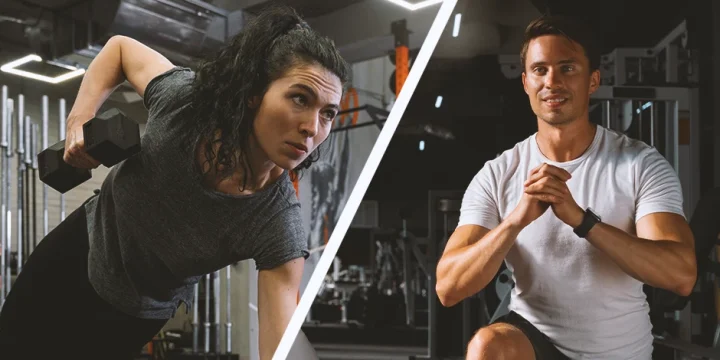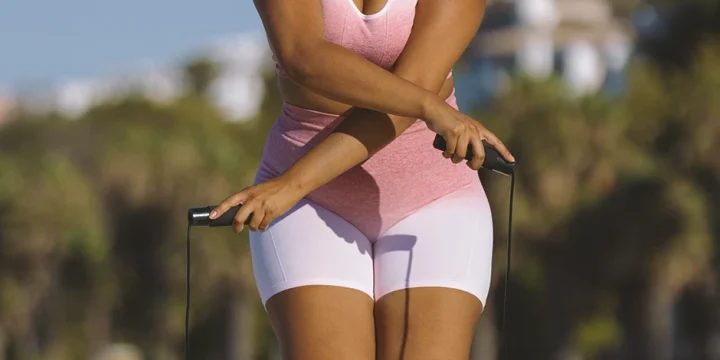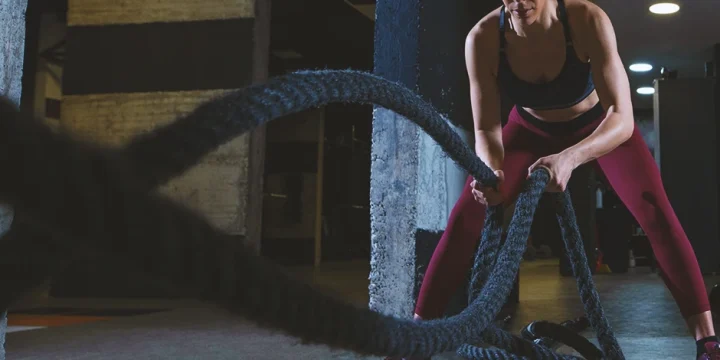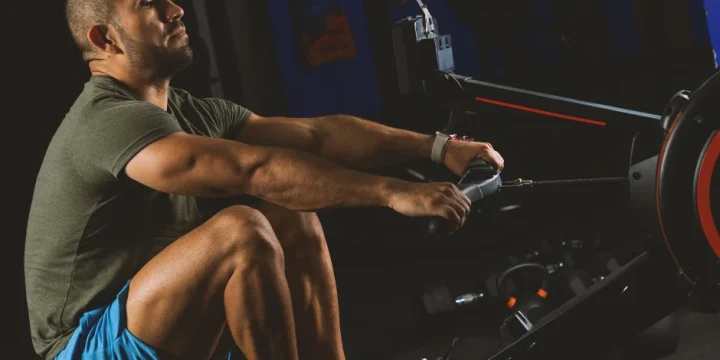Workouts vary; some are slow-building, others yield quick progress.
High-intensity interval training (HIIT) is known for dynamic movements, short workout times, and quick results.
As a physical trainer for over ten years, despite some skepticism, I've seen consistent results with HIIT cardio.
So, in this article, I’ll share my experiences and observations of how and why HIIT exercise helps you lose weight.
Quick Summary
- High-intensity interval training helps burn fat through an afterburn effect.
- HIIT workouts boost muscle growth, reduce blood pressure, and are time-efficient.
- HIIT benefits those with obesity or type 2 diabetes.
- Incorporating HIIT into a fitness routine, along with natural fat burners, can significantly boost fat loss and cardiovascular health.
How Does HIIT Burn Fat?
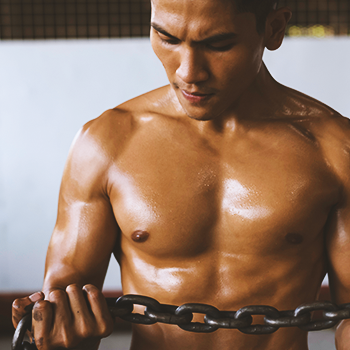
Switching to High-Intensity Interval Training (HIIT) from low-intensity cardio can burn fat more effectively.
Unlike regular cardio, HIIT triggers the afterburner effect, burning extra calories for hours post-exercise.
Research shows HIIT boosts metabolism better than standard aerobic or strength training [1] [2].
The National Library of Medicine notes HIIT's short duration yet greater health benefits than moderate exercise [3] [4].
HIIT also reduces body fat and waist size like traditional exercise [5] but in less time. It's particularly beneficial for overweight or obese individuals [6].
3 Reasons Why It’s So Effective

Here are some of the reasons why HIIT is so effective:
- It may help increase muscle growth
- It can reduce blood pressure, heart rate, and blood sugar
- It’s time-efficient
1. May Help With Muscle Growth
Besides fat loss, HIIT may help you put on more muscle [7].
However, studies have shown that only people who were inactive, to begin with, showed an increase in muscle mass after doing HIIT [8]. This growth mostly happens in the muscles most used in HIIT, the trunk and legs [9].
Weight training still remains the best option for building lean muscle mass everywhere.
2. Reduces Blood Pressure, Heart Rate, and Blood Sugar
HIIT has some important health benefits. Research from the British Journal of Sports Medicine shows that it can reduce heart rate and high blood pressure in people with obesity, but it doesn't seem to change blood pressure in people within a normal BMI range [10].
HIIT may improve blood sugar in people with type 2 diabetes and improve insulin resistance in healthy people [11] [12].
3. It’s Time-efficient
The National Library of Medicine inquires that HIIT for fat loss combines long high-intensity intervals with short recovery periods, a time-efficient workout method [13].
Because the average workout takes anywhere from 10 to 30 minutes, you will be more inclined to do it, especially if you plan to lose weight in your 30s.
Some Safety Tips

Due to its intensity, HIIT should not be done too frequently. Follow these safety tips to maximize its benefits safely.
- Plan your HIIT workout in advance. Don’t simply do any program. Consult your trainer or physician and follow a routine most conducive to your fitness goals.
- In my experience, it’s best not to do HIIT more than three times a week. But if you do, ensure there’s at least a 24-hour gap between every HIIT session. Because it’s such an intense exercise routine, your body will need that rest.
- Make sure you have a nutritious meal and drink plenty of water right after your HIIT workout.
“Everybody is different with unique strengths and weaknesses. Not everyone can push themselves to such an extreme on a daily basis without injury. Meaning for some, doing HIIT three to five times a week feels like a walk in the park while others may need a little less like two to three times a week.”
- Tara A. Nicolas, Nike Trainer & Instructor
FAQs
Which HIIT Is Best for Fat Loss?
Any HIIT exercises that make you expend more calories than you consume are best for fat loss. What exactly that is will look different based on your age, fitness levels, and fitness goals.
Will I Lose Belly Fat By Doing HIIT Regularly?
Yes, you will gain belly fat by doing HIIT. However, since there’s no such thing as spot fat removal, your body will decide when and how much stomach fat to lose.
How Long Till I See Weight Loss Results From HIIT?
You’ll see weight loss results from HIIT anywhere between two to eight weeks. How fast you lose fat depends on your current fitness levels and the amount of work you put in.
Can HIIT Cause Muscle Loss?
No, HIIT in itself can’t cause muscle loss. But if you do HIIT too many times a week without proper rest and nutrition, you may lose muscle mass.
Can HIIT Cause Weight Gain?
No, HIIT in itself cannot cause weight gain. Any weight gain after HIIT may be due to a poor diet and lack of rest.
References:
- https://journals.plos.org/plosone/article?id=10.1371/journal.pone.0189590
- https://pubmed.ncbi.nlm.nih.gov/27747847/
- https://www.ncbi.nlm.nih.gov/pubmed/27368057
- https://www.ncbi.nlm.nih.gov/pubmed/26918846
- https://www.ncbi.nlm.nih.gov/pubmed/28401638
- https://pubmed.ncbi.nlm.nih.gov/26479856/
- https://www.ncbi.nlm.nih.gov/pubmed/26479856
- https://www.ncbi.nlm.nih.gov/pubmed/25739559
- https://www.ncbi.nlm.nih.gov/pubmed/26479856
- https://bjsm.bmj.com/content/51/6/494
- https://pubmed.ncbi.nlm.nih.gov/29194424/
- https://pubmed.ncbi.nlm.nih.gov/27346646/
- https://www.ncbi.nlm.nih.gov/labs/pmc/articles/PMC6069078/
About The Author
You May Also Like

